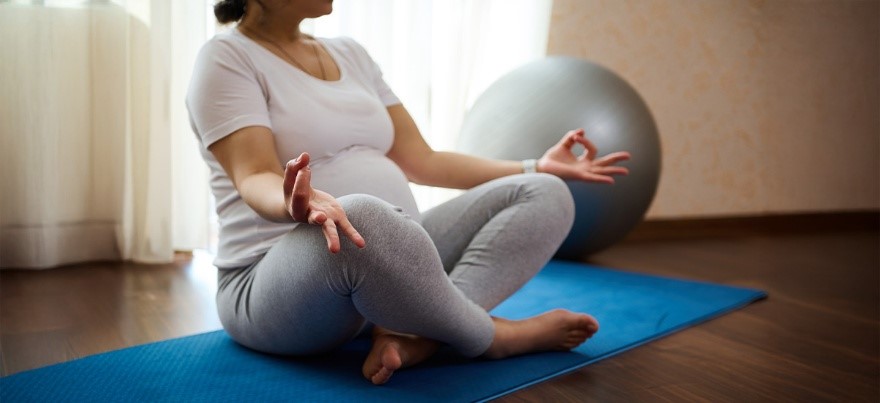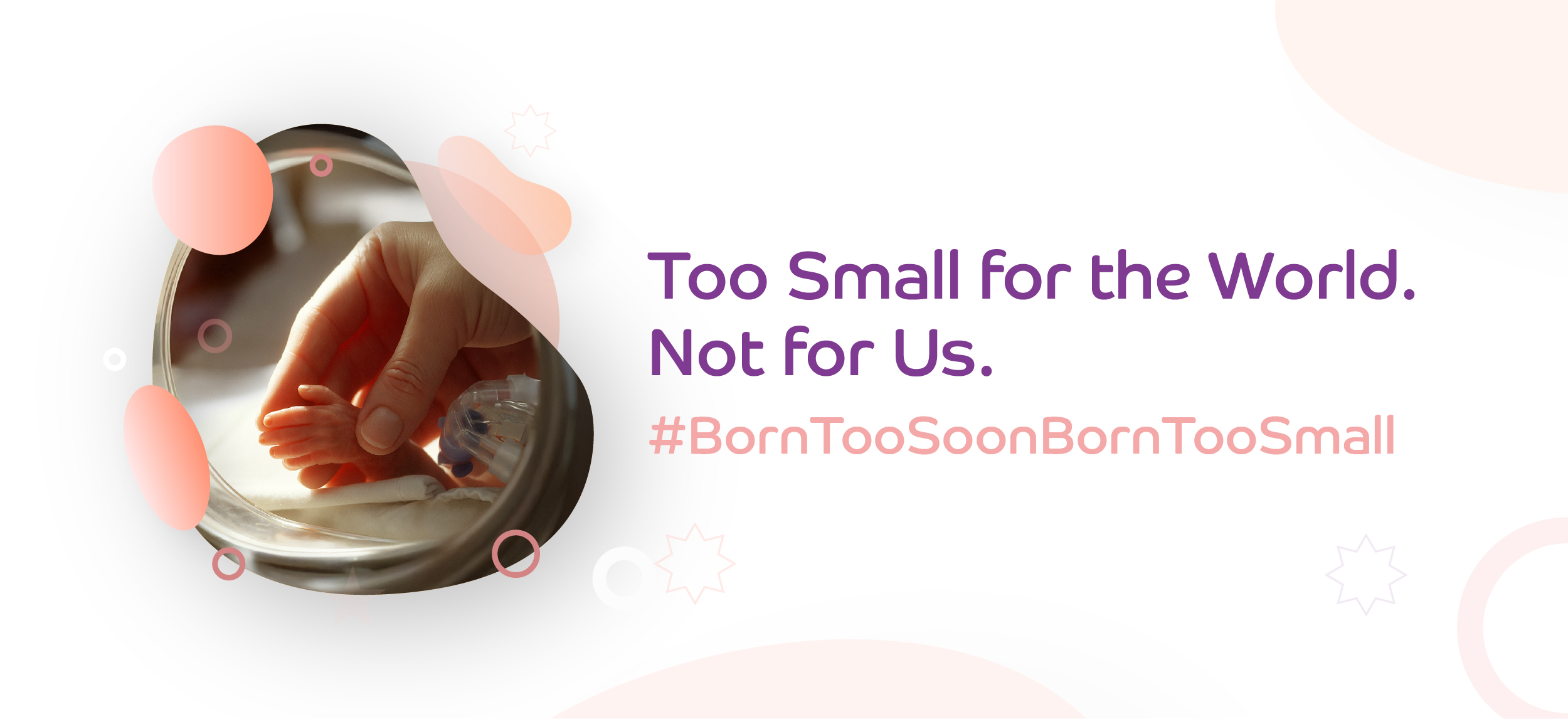Categories
Antenatal Yoga: Safe Poses for Each Trimester and Precautions
Jun 23, 2025
Pregnancy is a beautiful, transformative journey that brings with it physical changes, emotional shifts, and a need for holistic self-care. Among the many ways to nurture the body and mind during this special phase, antenatal yoga is a gentle yet powerful practice. Antenatal yoga, tailored exclusively for expecting mothers, is a practice that, when done safely and under expert supervision, enhances flexibility, reduces stress, and prepares the body for childbirth. It's important to note that safety is our top priority, and all our classes and poses are designed with your well-being in mind. Good pregnancy yoga classes are all about enhancing your well-being and ensuring your safety, comfort, and trimester-specific needs. Knowing you are in expert hands, we want you to feel strong, calm and supported throughout your journey. Here is your complete guide to safe yoga for pregnant women, with poses that are suitable for each trimester and designed to ensure your safety and comfort. You can confidently practice these poses, knowing they are safe for you and your baby.
Note: The above article is for informational purposes only. Pregnant women are strongly advised to talk to their doctor before practicing yoga poses and do it under professional supervision.
Why Antenatal Yoga Matters?
Yoga is more than just exercise; it is a way to connect with your body and your baby. For pregnant women, regular practice of prenatal yoga can:- Improve posture and reduce common discomforts such as back pain and swelling
- Support better sleep and relaxation
- Boost circulation and oxygen flow to the baby
- Build the strength and stamina needed for labour
- Ease anxiety and improve emotional well-being
Safe Yoga for Pregnant Women:
Every trimester brings unique changes and challenges. Let us explore the best yoga practices for each phase:First Trimester (Weeks 1–13):
This is the time your body begins adjusting to hormonal changes and the implantation of your growing baby. Energy levels may fluctuate, and fatigue is common. The focus in this phase should be on breath awareness and gentle movement.Safe Poses For The First Trimester:
Cat-Cow Pose (Marjaryasana-Bitilasana): Helps relieve back tension and improves spinal flexibility. Bound Angle Pose (Baddha Konasana): Opens the hips and improves blood circulation in the pelvic region. Seated Forward Bend (Paschimottanasana – modified): A gentle stretch to calm the nervous system. Avoid: Intense backbends, twists, and poses that compress the abdomen.Second Trimester (Weeks 14–27):
With morning sickness usually behind you and a growing baby bump ahead, this is often considered the golden phase of pregnancy. It’s a great time to build strength, improve balance, and prepare for childbirth.Safe yoga poses for the second trimester:
Warrior II (Virabhadrasana II): Strengthens the legs and improves stamina. Triangle Pose (Trikonasana): Opens up the hips and shoulders, supporting better digestion and posture. Goddess Pose (Utkata Konasana): Encourages pelvic flexibility and strengthens the lower body. Modifications: Use props like blocks or a chair for balance. Always keep a wide stance to accommodate the growing belly.Third Trimester (Weeks 28–40):
As you move closer to your due date, your center of gravity shifts, and the focus turns toward relaxation, breath control, and pelvic opening. Gentle poses that support the spine, relieve swelling, and prepare the body for labour are key.Safe yoga poses for the third trimester:
Squatting Pose (Malasana with support): Opens the hips and pelvis, which is helpful for labour preparation. Child’s Pose (Balasana, wide-knee variation): Offers deep relaxation and stretches the back. Butterfly Pose (Titli Asana): Improves flexibility in the hip joints and relaxes the inner thighs. Practice: Focus more on breathing exercises (Pranayama), visualizations, and deep relaxation techniques like Yoga Nidra.Essential Guidelines for Practicing Pregnancy Yoga Safely
Always consult your doctor before beginning or continuing yoga, especially if you have a high risk pregnancy or medical condition. Choose a qualified instructor who is trained in antenatal yoga. Stay hydrated and avoid overheating. Listen to your body. If something doesn’t feel right, pause or stop. Avoid lying flat on your back after the first trimester, as it can restrict blood flow.Get Consultation for each phase of pregnancy at Rainbow Hospitals
At BirthRight by Rainbow Hospitals, although we don’t provide any yoga classes, our experts will guide you in the activities you should do in your pregnancy. We understand that pregnancy yoga classes are meant to be guided by experienced prenatal yoga instructors and supported by a team of obstetricians and physiotherapists. We’ll help you in making informed decision for choosing between multiple yoga classes options. Every breath you take in yoga sends a calming signal to your body and your baby. With the proper guidance and care, safe yoga for pregnant women can be an excellent tool to support your physical and emotional well-being through each trimester. Trust your body. Trust the process. And let yoga become your companion in this incredible journey toward motherhood. If you are ready to experience the benefits of antenatal yoga, we invite you to join our pregnancy yoga classes at BirthRight by Rainbow Hospitals today.Note: The above article is for informational purposes only. Pregnant women are strongly advised to talk to their doctor before practicing yoga poses and do it under professional supervision.











